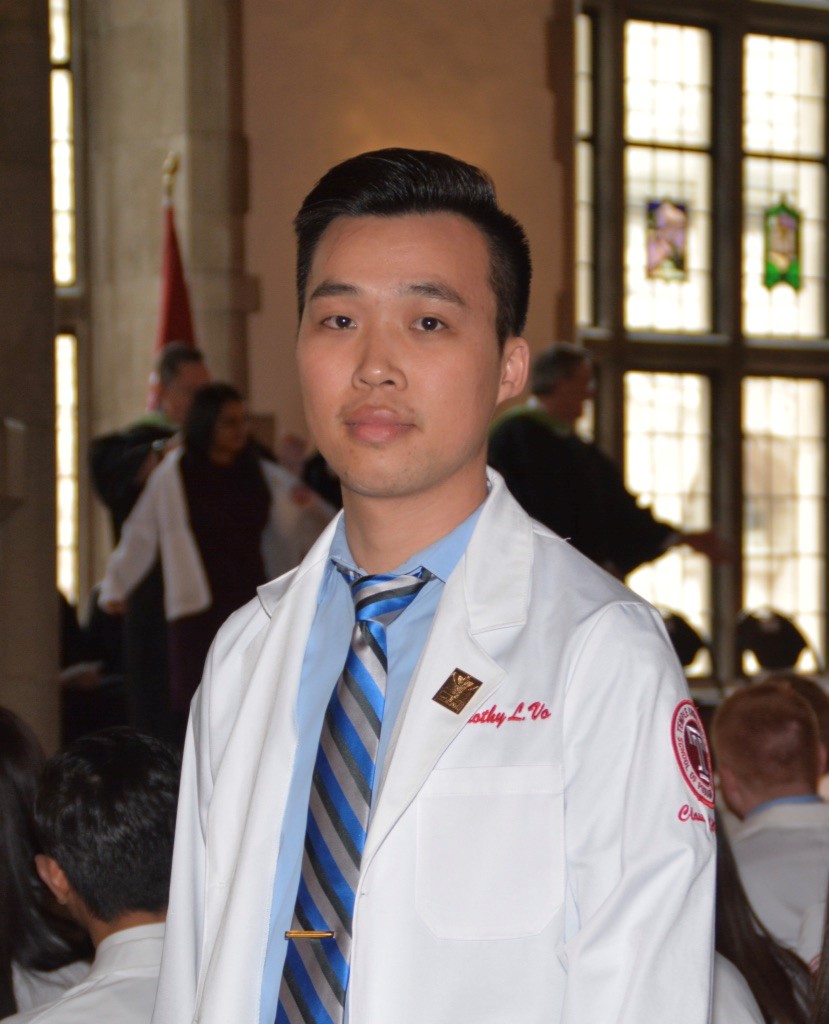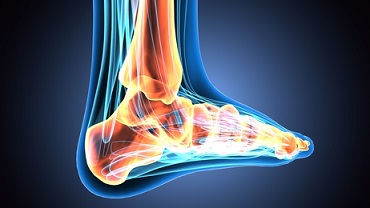Review: Ultrasound-Assisted Debridement of Diabetic Foot Ulcers
September 12, 2019
Temple University School of Podiatric Medicine Journal Review Club
Editor's note: This post is part of the Temple University School of Podiatric Medicine (TUSPM) journal review club blog series. In each blog post, a TUSPM student will review a journal article relevant to wound management and related topics and provide their evaluation of the clinical research therein.
Article Title: Ultrasound-Assisted Debridement of Neuroischaemic Diabetic Foot Ulcers, Clinical and Microbiological Effects: A Case Series
Authors: Lazaro-Martinez JL, Alvaro-Afonso FJ, Garcia-Alverez Y, Molines-Barroso RJ, Garcia-Morales E, Sevillano-Fernandez D
Journal: J Wound Care. 2018;27(5):278-286
Reviewed by: Timothy Vo, class of 2020, Temple University School of Podiatric Medicine
Introduction
Delayed healing in diabetic foot ulcers (DFUs) is the result of the polymicrobial structures of DFUs and the buildup of biofilms. Wound debridement is an essential part of wound bed preparation (WBP) that helps to remove bacteria and allow the body to continue the healing process. Although sharp debridement is the most common technique used for DFUs, it has many limitations, including contraindications in patients with poor vascular status, the need for an operating room, and the requirement for specific surgeon skills. There is also the potential for extensive damage to the wound bed with exposed bone because of obstruction of the view from biofilm formation. The use of an ultrasound-assisted wound (UAW) debridement device aims to disrupt the formation of biofilms and stimulate wound granulation, thus allowing for the wound to have a healthy environment in which to heal. This study evaluated the clinical and microbiological impact of using UAW debridement devices in individuals with neuroischemic DFUs.
Alternatives to the Total Contact Cast in Managing Diabetic Foot Ulcers
Methods
This single-center study consisted of 24 outpatients who met all of the criteria: age at least 18 years; type 1 or type 2 diabetes with hemoglobin A1c levels of 85.8 mmol/mol or greater within 30 days before the study; wound stages 1B, 2B, 1C, 2C, 1D, or 2D according to the University of Texas Diabetic Wound Classification (UTDWC); and wound size of 1cm2-30cm2 after debridement. The ankle-brachial index (ABI) was used to make sure all participants did not have chronic limb ischemia. The treatment consisted of a UAW debridement device generating low-frequency ultrasound of 25kHz for two to three minutes (wound greater than 15cm2) at 40% intensity. A soft tissue punch of 3mm was taken before and after treatment at every two-week interval starting with week zero. The tissue was used for qualitative and quantitative microbiological analysis. No systemic or topical antibiotics were given to the patients, only moist wound dressings between sessions.
Results
Of the 24 patients, 18 completed the entire six-week trial, and six individuals were excluded either for adverse events or because the wound healed before the study ended. Wounds were scored at every session, and a significant improvement was noticed in the appearance of the wounds. The average wound size before any treatment was 4.45cm2 (range: 2cm2-12.25cm2); by the end of six weeks, the average size was 2.75cm2 (range: 1.67cm2-10.70cm2). There was also a reduction in the number of bacterial species that were cultured from the biopsy as the trial progressed. These investigators found a correlation of a decrease in bacterial load leads with healthier wound beds, which allowed the wound to heal more effectively. At the start of the study, 7.47 and 6.7 colony-forming units (CFU)/g of tissue were observed before and after debridement. After six weeks there was a significant reduction to 4.79 and 4.49 CFU/g of tissue before and after debridement. Throughout the study, only two patients reported pain while being treated with UAW debridement and required local anesthesia.
Conclusion
According to the World Union of Wound Healing Societies, identifying the presence of biofilm and treating it effectively are crucial to successful wound healing. Wounds that show no indications of healing with typical treatment and no symptoms of exacerbating suggest the presence of biofilm. Although surgical debridement is an effective treatment option for DFUs, wounds that are very deep and heavily colonized by biofilms make it more difficult for doctors to visualize the entirety of the wound. Moreover, biofilms contain a vast number of bacteria that form a strong adhesion to the surface of the wound, thereby making biofilms very difficult to remove completely. UAW debridement proves to be an effective way to clean wounds of slough and areas that are not visible to the naked eye. Not only does it remove bacteria, but also it has the potential to disrupt biofilm formation with its cavitation and microstreaming the effects of ultrasound.
The findings demonstrated that the use of UAW debridement showed improvement of the wound by significant reduction in wound size and the formation of a granulated wound bed. Quantitatively and qualitatively, the biopsy tissue also showed a significant decrease in the bacterial load within the wounds, with different reduction rates for independent species. This study showed that there are other ways to approach the treatment of bacterially infected wounds besides antibiotics. Frequent use of antibiotics in the past has made it increasingly difficult to treat infection today as a result of resistance. There is an urgent need to reduce the use of antibiotics to avoid adverse reactions and antimicrobial resistance. Finding other treatments for bacterially infected wounds is an essential part of moving forward in treating bacterial infections. UAW debridement has proven to be an effective alternative with great success in healing DFUs, lowering bacterial load, and promoting granulation tissue for proper wound healing. With little to no pain reported, use of this device this could be an innovative option for mild diabetic foot infection without the need for antibiotics.
About the Author
 Timothy Vo is a third-year podiatric medical student at Temple University School of Podiatric Medicine (TUSPM) in Philadelphia, Pennsylvania. He graduated from the University of California, Irvine in 2016 with a Bachelor of Sciences in Biology. During his time at UCI, Timothy was involved in research at the Hughes Laboratory working on integrating essential three-dimensional microphysiological systems of human organs for realistic anticancer drug screening. His fascination for science and sports medicine guided him toward the field of podiatric medicine, where he was able to continue to pursue his interests. Dr. James McGuire is the director of the Leonard S. Abrams Center for Advanced Wound Healing and an associate professor of the Department of Podiatric Medicine and Orthopedics at the Temple University School of Podiatric Medicine in Philadelphia.
Timothy Vo is a third-year podiatric medical student at Temple University School of Podiatric Medicine (TUSPM) in Philadelphia, Pennsylvania. He graduated from the University of California, Irvine in 2016 with a Bachelor of Sciences in Biology. During his time at UCI, Timothy was involved in research at the Hughes Laboratory working on integrating essential three-dimensional microphysiological systems of human organs for realistic anticancer drug screening. His fascination for science and sports medicine guided him toward the field of podiatric medicine, where he was able to continue to pursue his interests. Dr. James McGuire is the director of the Leonard S. Abrams Center for Advanced Wound Healing and an associate professor of the Department of Podiatric Medicine and Orthopedics at the Temple University School of Podiatric Medicine in Philadelphia.
The views and opinions expressed in this blog are solely those of the author, and do not represent the views of WoundSource, HMP Global, its affiliates, or subsidiary companies.











Follow WoundSource
Tweets by WoundSource